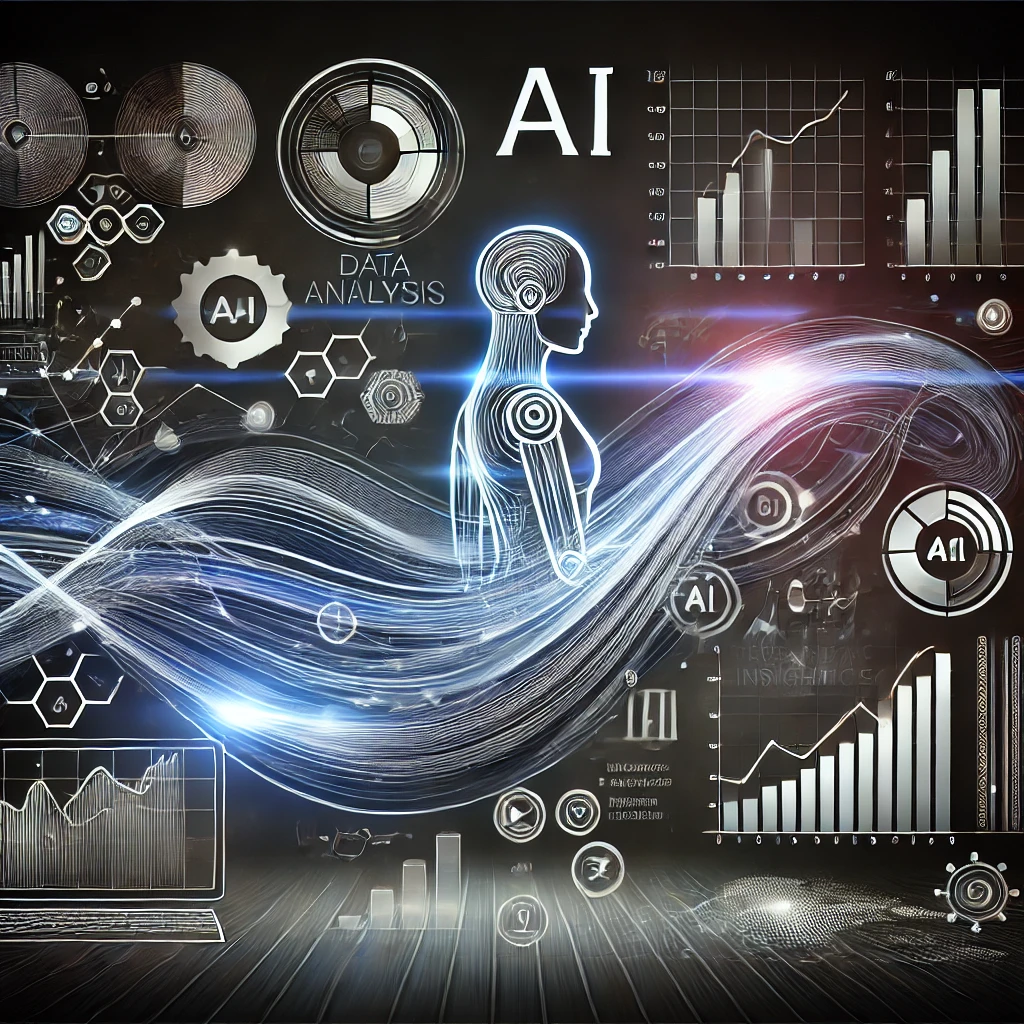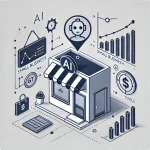In today’s data-driven world, businesses are generating more information than ever before. From customer behavior to operational metrics, this data has the potential to unlock transformative insights—if used effectively. However, the challenge lies in sifting through vast amounts of data and turning it into actionable decisions. Enter GPT (Generative Pre-trained Transformer), an AI-powered tool that revolutionizes how businesses analyze and interpret information. In this article, we’ll explore how GPT simplifies data analysis, enhances decision-making, and empowers organizations to act strategically.
The Data Dilemma: Overload and Complexity
Businesses today are overwhelmed by data. This data is often:
– Massive in Volume: Generated from multiple sources such as sales transactions, social media, customer interactions, and supply chains.
– Diverse in Format: Structured (like spreadsheets) or unstructured (like emails or social media posts).
– Fast-Moving: Continuously flowing in real-time, requiring quick analysis to remain competitive.
While this abundance of data is a valuable resource, traditional tools and methods often fall short in extracting meaningful insights quickly and efficiently. GPT addresses these challenges by making data analysis accessible, automated, and actionable.
How GPT Transforms Data Analysis
GPT’s advanced natural language processing (NLP) capabilities allow businesses to interact with data in a human-like way. Here are the key ways GPT enhances data analysis:
1. Summarizing Complex Datasets
One of GPT’s most valuable functions is its ability to condense complex datasets into easy-to-digest summaries. For example:
– Customer Feedback: GPT can analyze thousands of customer reviews and summarize common sentiments, highlighting trends like “positive reviews on usability” or “negative comments about delivery delays.”
– Sales Reports: GPT can summarize key takeaways from quarterly sales data, such as “Sales grew by 15% in the North region due to increased demand for product X.”
2. Analyzing Unstructured Data
Unstructured data, such as emails, chat logs, and social media posts, is notoriously difficult to analyze. GPT excels at making sense of this information. For instance:
– Social Listening: GPT can scan social media platforms to identify brand mentions, track customer sentiment, and detect emerging trends.
– Customer Support Logs: GPT can analyze support tickets to pinpoint recurring issues, such as delays or system bugs.
3. Generating Actionable Insights
GPT goes beyond summarization by offering recommendations based on data. For example:
– Market Analysis: “Based on current trends, we recommend focusing on product Y for the upcoming quarter.”
– Operational Improvements: “Inventory levels suggest a potential shortage in product Z; consider restocking by mid-month.”
4. Automating Reports
Generating reports is a time-consuming task. GPT can create professional, structured reports from raw data with minimal input. For example:
– Example: “Generate a monthly performance report summarizing key metrics like revenue, customer acquisition, and engagement rates.”
The result is a clear, visually appealing report ready to share with stakeholders.
5. Enhancing Decision-Making Through Real-Time Queries
GPT acts as an intuitive interface for querying data. Instead of learning complex database queries, users can ask natural-language questions such as:
– “What were our top-performing products last quarter?”
– “How has customer satisfaction changed year-over-year?”
GPT processes these queries and delivers accurate, contextually relevant answers, democratizing access to insights across all levels of an organization.
6. Predictive Analytics and Forecasting
Using historical data, GPT can predict future outcomes. Examples include:
– Revenue Forecasting: “Based on the last three years of sales data, predict revenue for the next quarter.”
– Demand Planning: “Predict inventory needs for the holiday season based on past trends and current demand.”
Best Practices for Using GPT in Data Analysis
To maximize GPT’s potential, businesses should follow these best practices:
1. Define Clear Objectives: Be specific about what you want GPT to analyze or achieve.
2. Provide Quality Data: Ensure that the input data is accurate, clean, and relevant.
3. Validate Results: Always cross-check GPT’s outputs for accuracy and relevance.
4. Combine Human Expertise: Use GPT as a tool to enhance human decision-making, not replace it entirely.
Conclusion
GPT is revolutionizing how businesses analyze and interpret data, bridging the gap between information overload and actionable insights. By summarizing complex datasets, analyzing unstructured information, and offering real-time recommendations, GPT empowers organizations to make smarter, faster decisions. As businesses continue to embrace AI tools like GPT, the ability to transform data into strategic action will become a defining factor in achieving success.



GPT sounds amazing for business! Turning data into insights is key, and this could be a game changer for faster, smarter decisions. I want to learn more!
hah, man, еhere plenty that information on the Internet
yap! Ai really cam help me in now!😅
ChatGPT is very helpful in my work, but it really needs to be double-checked with other sources or followed up with more specific questions
+++
Well, now you don’t have to sit with piles of reports — GPT will do it all for you! Ahaha
Bruh, gpts hallucinates all the time 💀💀
GPT & data analysis? 🤓📈 Sounds powerful! Easier to understand the numbers? 🤔 Businesses better get on board! 🚀
ai is helping us understand data… im hope, what skynet dont not up to anything
lol gpts turns data into wicked smart biz decisions better than humans👍👍
hope gtp stays a tool not a worker replacer…